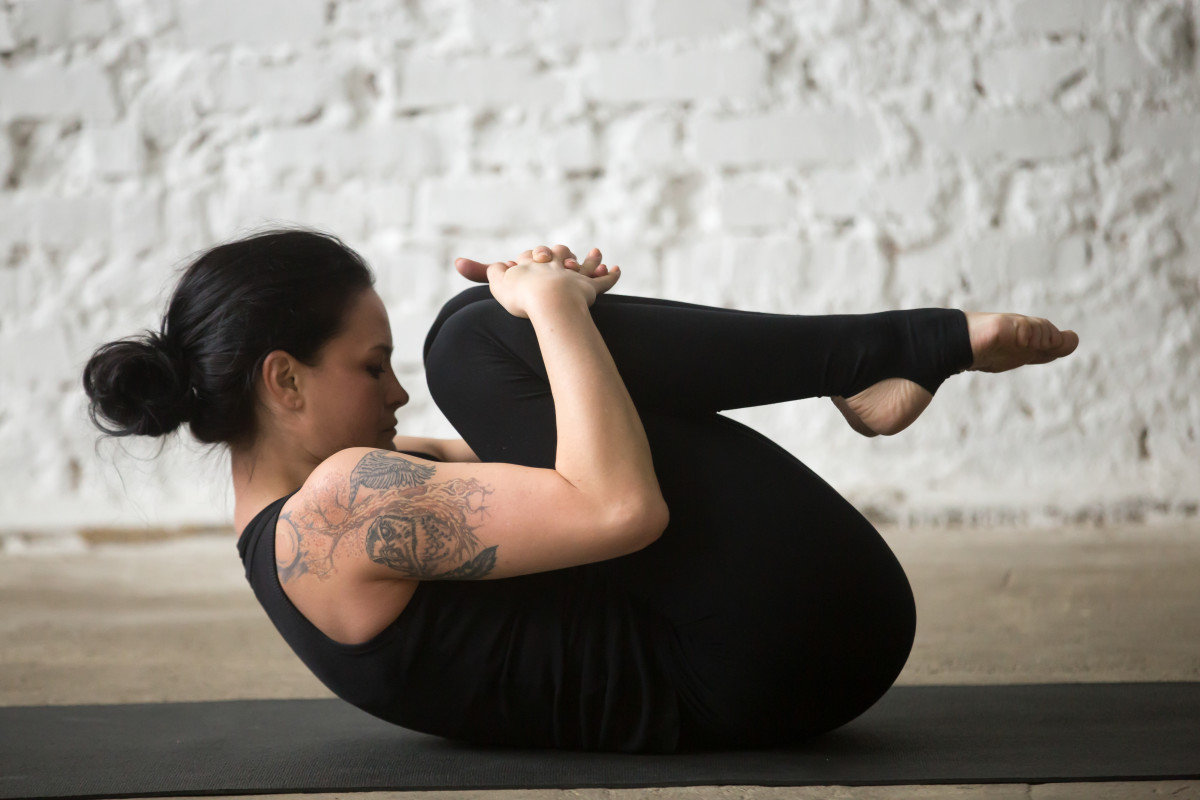Achieving optimal fitness goes beyond isolated elements like strength or flexibility; it’s about the delicate dance between these components. In this comprehensive guide, we will delve into the profound synergy between strength and flexibility, understanding how they complement each other, the transformative benefits of cultivating this synergy, and practical strategies for incorporating both into your fitness routine.
Understanding the Synergy Between Strength and Flexibility
- Complementary Nature:
- Strength and flexibility are not opposing forces; rather, they are complementary. Think of strength as the ability to exert force, and flexibility as the range of motion around a joint. When these two elements work in harmony, they enhance overall movement efficiency.
- Muscle Balance:
- A well-balanced body requires both strength and flexibility. Imbalances, where one aspect is significantly stronger or more flexible than the other, can lead to issues such as poor posture, reduced athletic performance, and an increased risk of injury.
- Joint Health:
- Optimal joint health depends on the delicate equilibrium between strength and flexibility. Strength supports joint stability, while flexibility ensures a full and pain-free range of motion. Together, they contribute to joint resilience and longevity.
- Functional Movement:
- Everyday activities demand a combination of strength and flexibility. Whether it’s bending to tie your shoelaces or lifting groceries, a harmonious interplay between strength and flexibility is essential for functional movement and a high quality of life.
Benefits of Synergizing Strength and Flexibility
- Injury Prevention:
- The combination of strength and flexibility reduces the risk of injuries. Strong muscles provide support to joints, while flexibility prevents strain and enhances the body’s ability to absorb impact.
- Improved Posture:
- Good posture is a reflection of a balanced musculoskeletal system. Strength supports the spine, and flexibility ensures that muscles and joints can adapt to various postures without strain.
- Enhanced Athletic Performance:
- Athletes, whether in professional sports or recreational activities, benefit significantly from the synergy of strength and flexibility. It improves agility, speed, and overall athletic prowess.
- Increased Range of Motion:
- The combined efforts of strength and flexibility result in an expanded range of motion. This not only enhances athletic performance but also contributes to a more fluid and effortless execution of daily activities.
- Muscle Efficiency:
- Flexible muscles are more efficient. They can contract and relax optimally, leading to improved strength and endurance. Conversely, strong muscles that lack flexibility may become tight and prone to fatigue.
- Mind-Body Connection:
- Cultivating strength and flexibility fosters a strong mind-body connection. The awareness of muscle engagement and joint movement during exercises enhances overall body awareness.
Practical Strategies for Achieving Strength and Flexibility Synergy
- Incorporate Dynamic Warm-Ups:
- Begin your workout routine with dynamic warm-up exercises that engage both strength and flexibility. Movements like leg swings, arm circles, and dynamic lunges prepare your muscles and joints for the upcoming workout.
- Integrate Compound Exercises:
- Compound exercises that involve multiple muscle groups simultaneously promote both strength and flexibility. Examples include squats, deadlifts, and lunges, which engage the lower body while requiring a range of motion.
- Include Resistance Training:
- Resistance training, such as weightlifting or using resistance bands, is effective for building strength. Combining this with controlled movements that emphasize a full range of motion enhances flexibility.
- Incorporate Yoga or Pilates:
- Yoga and Pilates are excellent disciplines that naturally blend strength and flexibility. The controlled movements in Pilates build strength, while yoga postures focus on flexibility and balance.
- Balance Strength Training with Stretching:
- After a strength-focused workout, dedicate time to stretching. This not only aids in recovery but also promotes flexibility and prevents muscles from becoming overly tight.
- Practice Mobility Exercises:
- Mobility exercises, which involve controlled movements to improve joint function, are crucial for achieving strength and flexibility synergy. Include exercises like hip circles, shoulder rolls, and ankle rotations.
- Focus on Core Strength:
- A strong core is foundational to overall strength and flexibility. Core exercises, including planks, twists, and leg raises, enhance stability and support proper spinal alignment.
- Listen to Your Body:
- Pay attention to how your body responds to different exercises. If you notice areas of tightness or weakness, tailor your workouts to address these specific areas and achieve a more balanced synergy.
Sample Strength and Flexibility Synergy Workout
Here’s a sample workout that incorporates both strength and flexibility elements:
- Dynamic Warm-Up (10 minutes):
- Jumping jacks
- Arm circles
- Leg swings
- Dynamic lunges
- Compound Strength Exercises (20 minutes):
- Squats with a focus on proper form and depth
- Deadlifts for posterior chain engagement
- Lunges with a dynamic step
- Resistance Training (15 minutes):
- Bicep curls with dumbbells
- Lat pulldowns or pull-ups
- Chest presses with resistance bands
- Yoga Flow (15 minutes):
- Sun Salutations for overall body engagement
- Warrior poses for lower body strength and flexibility
- Downward Dog to Upward Dog transitions for spine flexibility
- Mobility and Stretching (10 minutes):
- Hip circles and rotations
- Shoulder rolls and stretches
- Seated forward bends and hamstring stretches
- Cool Down and Relaxation (10 minutes):
- Gentle stretches for all major muscle groups
- Deep diaphragmatic breathing to promote relaxation
In Conclusion
The synergy between strength and flexibility is the secret sauce for a well-rounded and resilient body. Balancing these two elements not only enhances athletic performance but also contributes to injury prevention, improved posture, and a heightened mind-body connection. Embrace the dynamic interplay between strength and flexibility in your fitness routine, and witness the transformative benefits that this harmonious synergy can bring to your overall well-being.
Discover more from Pilates All Ages
Subscribe to get the latest posts sent to your email.
